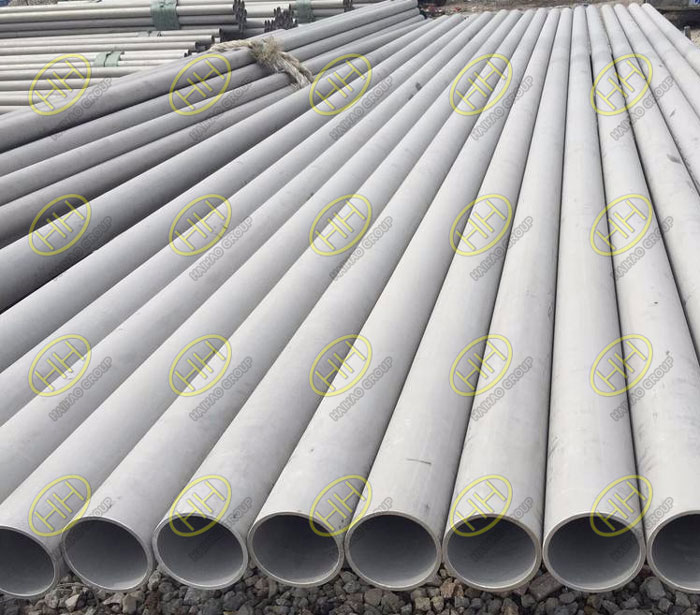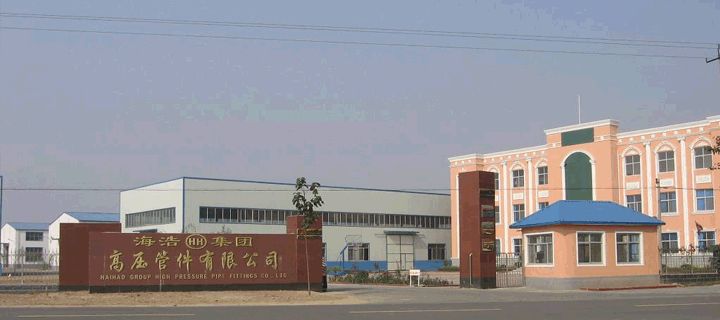The most serious problem in the application of stainless steel pipes in soil and water treatment is the corrosion of the medium. In the soil, the corrosivity is usually classified by its resistivity. The experiment shows that if the soil pH is more than 4.5 and has clean drainage and backfilling, 304 and 316 stainless steel will not corrode at more than 2000 ohm / cm in the soil resistivity of 2000.
As in other environments, the chloride content associated with pitting and crevice corrosion may also affect the performance of stainless steel in the soil. It is more appropriate to choose 316 stainless steel when it is expected to be a inland or non tidal coastal area with high chloride content. For the coastal areas and other situations that may be applied to greater soil resistance, the use of 2205 duplex or super stainless steel can be considered. If necessary, external protection can be used, such as appropriate protective shell or tape (notice to ensure effective overlap to avoid gap corrosion), and the stainless steel can also be protected by cathodic protection.

ASTM A312 TP316L seamless steel pipes
When stainless steel pipes are used in water supply and wastewater treatment, 304 and 316 stainless steel are generally applicable. They usually do not become thinner during use, so there is no need for corrosion allowance. This allows the manufacture of thin and light stainless steel products that are easy to transport, and also requires very low maintenance during long service cycles. They can withstand more than 30m / s flow rate, and also exhibit good performance under turbulent conditions. Stainless steel pipes do not need to add chemical additives in water to maintain the corrosion resistance of materials, and the leaching rate of metals is also the minimum.
If the stainless steel pipe is completely corroded in water, it is most likely to be the form of crevice corrosion. Experiments show that when chloride level is lower than 200ppm and 1000ppm, the probability of crevice corrosion of 304 and 316 stainless steel is very low. However, in design, manufacture and use, it is necessary to avoid cracks as far as possible, which will further reduce the probability of crevice corrosion.
In addition, 1000-3600 ppm chloride 2205 duplex stainless steel can also be considered. If conditions are particularly serious, the use of austenitic or super duplex stainless steel containing 6% molybdenum elements should be considered. These stainless steels can be used in seawater applications, where chloride levels can reach up to 26000ppm.
The other better method is to use L grade welding, complete penetration welding, and remove surface pollution and heat coloring. After the water pressure test, the moisture should be drained in time. The environmental medium is in a flowing condition, which helps to keep the surface clean. In addition, chlorination is avoided and sodium hypochlorite or ferric chloride is added to the metal wall instead of flowing into a fully mixed flow flow. Areas where chlorine vapor can be collected should be regularly washed with drinking water to prevent concentrated chloride.







